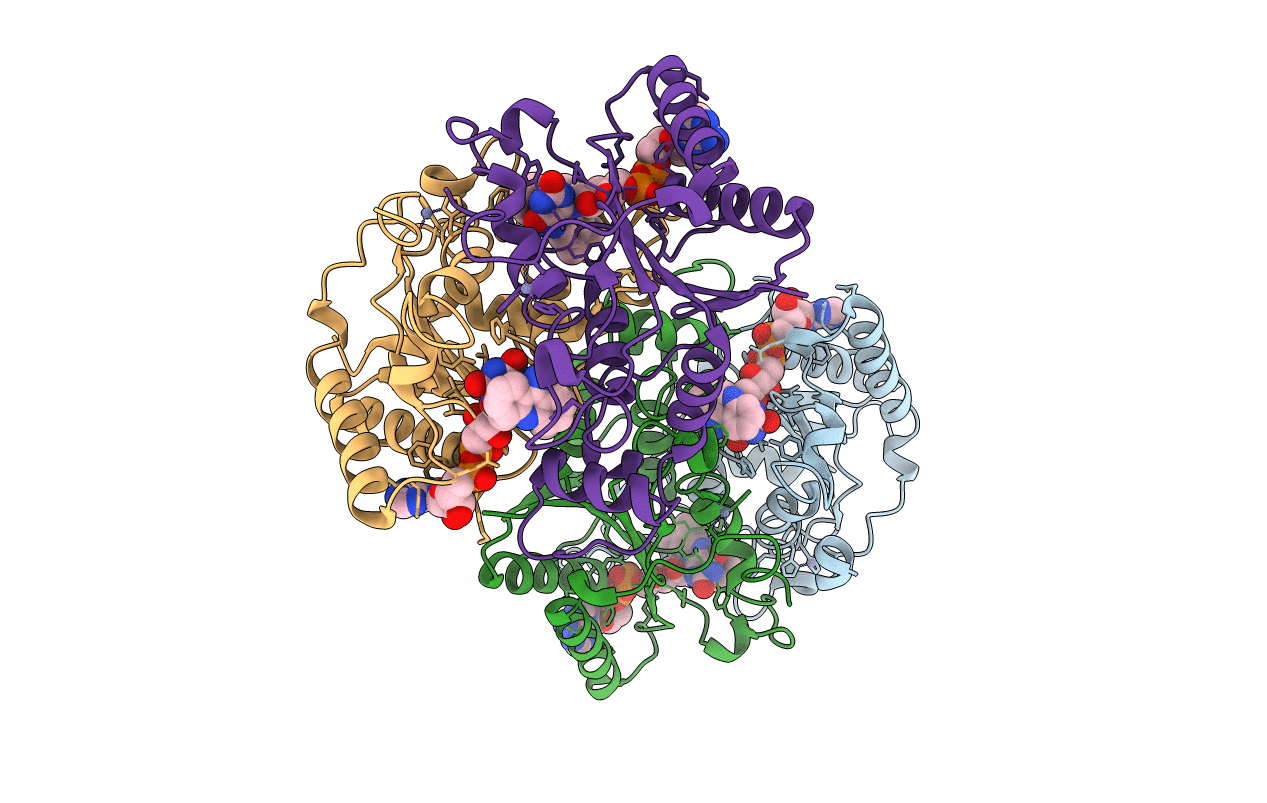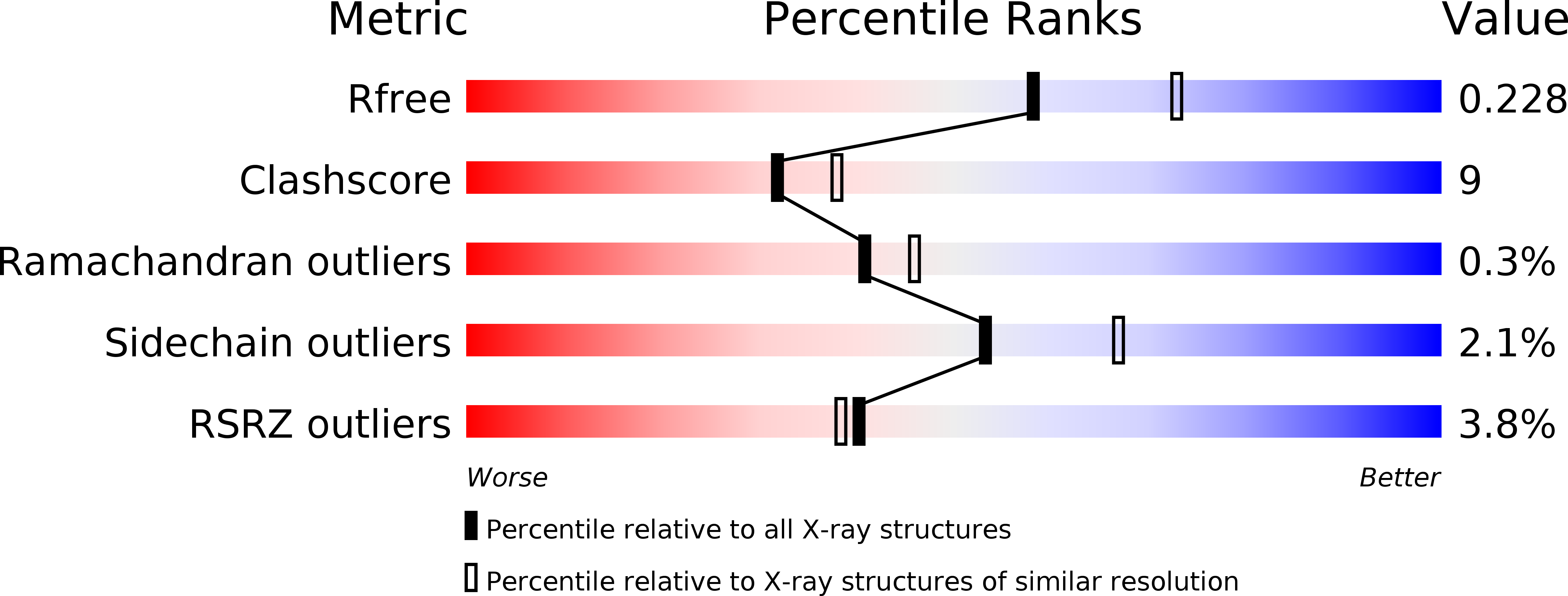
Deposition Date
2011-09-27
Release Date
2011-11-02
Last Version Date
2024-02-28
Method Details:
Experimental Method:
Resolution:
2.19 Å
R-Value Free:
0.23
R-Value Work:
0.16
R-Value Observed:
0.17
Space Group:
P 1


